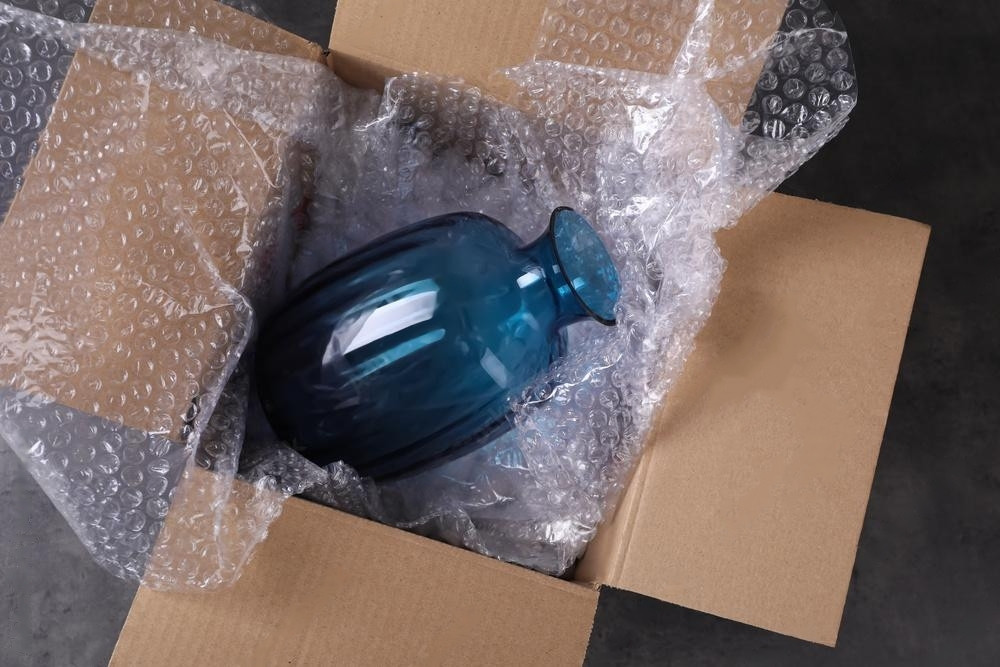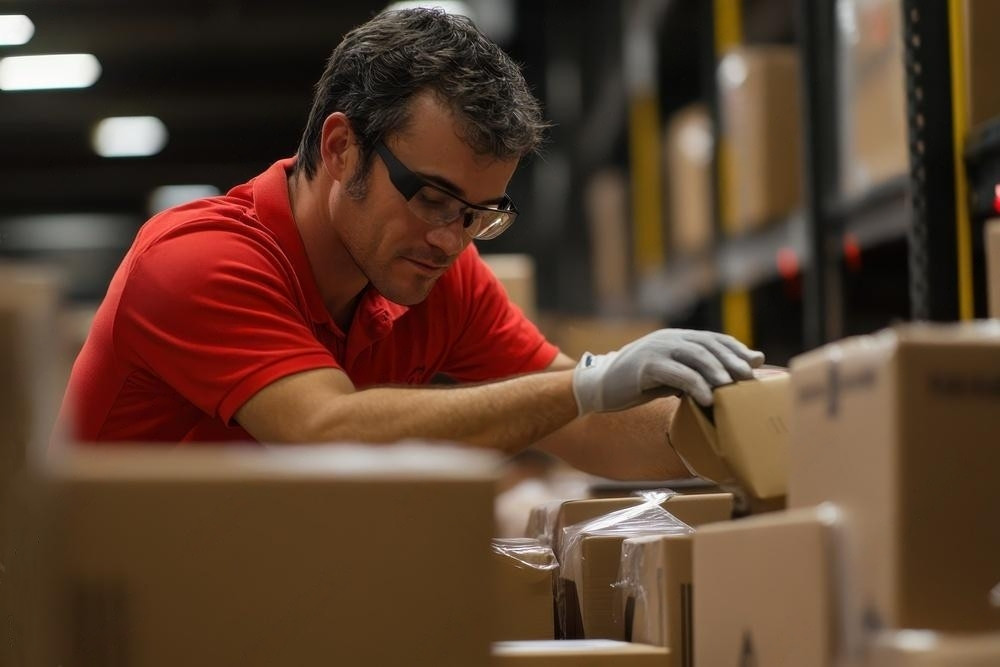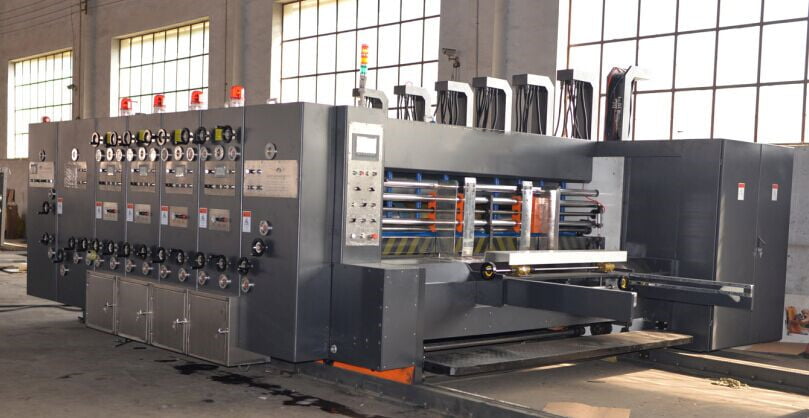Choosing the right packaging carton is a small decision that can have a big impact on your product’s success. Here’s how to get it right.
To choose a packaging carton, consider product protection, branding, sustainability, and cost. Evaluate material strength, box style, and quality checks to ensure the best fit for your needs.
Selecting packaging is a journey—let’s break it down.
How do I choose the right packaging for my product?
Choosing the right packaging is about balancing protection, cost, and branding. It’s not one-size-fits-all.
To choose the best packaging for your product, evaluate the item’s size, weight, fragility, and storage conditions. These factors help determine the ideal material, thickness, and box style.
For example, imagine you’re shipping delicate glass items. In this case, you’ll need a thicker, more durable carton with sturdy inserts for protection. But if your product is a lightweight clothing item, you may prioritize aesthetic appeal over heavy-duty protection.
Balancing Protection and Cost
Different products need different levels of protection. Here’s a quick comparison of box types and their typical uses:
| Product Type | Recommended Carton Type | Key Features |
|---|---|---|
| Glassware | Double-wall corrugated carton | High durability and cushioning |
| Clothing | Lightweight single-wall carton | Budget-friendly, visually appealing |
| Electronics | Anti-static boxes | Prevents static damage |
| Food products | Food-grade boxes | Safe for direct food contact |
When choosing, think through the lifecycle of your product’s journey—how many hands will touch it? Will it sit in storage? These factors help you pick packaging that ensures safe delivery without unnecessary expense.
How do you check the quality of a carton box?
Quality checks are essential to avoid unexpected issues during shipping or handling. Here’s how you can be sure your box is up to par.
Check carton quality by inspecting for sturdy construction, uniform thickness, and proper sealing. Conduct a crush test and edge compression test to evaluate strength.
Practical Quality Testing Tips
If you’re new to packaging quality checks, start with simple, visual inspections. Look for signs of inconsistent material, uneven edges, or weak glue lines—these are warning signs of poor quality. For a more technical approach, the edge crush test (ECT) is widely used in the industry. It measures the box’s ability to withstand pressure along its edges, which is a good indicator of durability.
Another easy DIY test is the weight-bearing test—place an object of similar weight to your product inside the box and stack a few boxes on top. Does it hold up? If not, the carton may not be the best choice for heavy items.
How do I choose the right box?
Picking the right box design is all about finding what fits—literally and figuratively. Think about your product, brand, and budget.
Choose the right box by considering your product’s dimensions, required protection level, and the unboxing experience you want for your customers. Match style and size to enhance brand perception.
A compact box for small items saves on shipping costs and reduces waste, while a larger, sturdier box may be necessary for fragile goods. If your brand emphasizes sustainability, look for recycled materials. On the other hand, if you’re selling high-end items, invest in premium packaging that feels luxurious when opened.
Box Styles for Different Needs
Box design can make a surprising difference. Here’s a quick guide:
| Box Type | Best For | Benefits |
|---|---|---|
| Regular Slotted Carton | General-purpose | Simple, cost-effective |
| Full Overlap Carton | Heavy or fragile items | Extra strength and protection |
| Die-Cut Boxes | Custom-shaped items | Custom fit, branding-friendly |
| Telescopic Boxes | Adjustable-height items | Flexible, supports varying sizes |
For example, a full overlap carton is ideal for heavy items, with flaps that add extra strength. Meanwhile, die-cut boxes are great for products that need a custom fit and visually striking packaging.
What are the four fundamental factors to consider when choosing packaging materials?
Packaging isn’t just about the box itself. Material choice impacts cost, durability, and brand perception. Let’s look at the essentials.
When choosing packaging materials, focus on durability, cost, environmental impact, and appearance. These factors shape the overall effectiveness and appeal of your packaging.
Breaking Down Material Choices
-
Durability – Does your product need extra protection? Look for thicker, more resilient materials like double-wall corrugated cardboard if durability is a priority.
-
Cost – Balancing quality with budget is key. Opt for cost-effective materials that don’t compromise on essential protection.
-
Environmental Impact – Many consumers now value eco-friendly choices. Recycled cardboard or biodegradable options are popular for sustainable brands.
-
Appearance – Aesthetics matter, especially if the packaging represents your brand. Sleek, high-quality materials can make a lasting impression.
| Factor | Considerations | Example |
|---|---|---|
| Durability | Double-wall or reinforced cardboard | Heavy or fragile items |
| Cost | Single-wall cardboard | Everyday, budget-friendly |
| Environmental Impact | Recycled or biodegradable options | Eco-conscious brands |
| Appearance | High-quality printing, color | Premium products |
Think of packaging materials as the “suit” your product wears. Just like dressing for an important meeting, choosing the right material sends a message to your customers about what your brand stands for.
Conclusion
In packaging, small details make a big difference. Choose wisely, balancing function, cost, and style.






